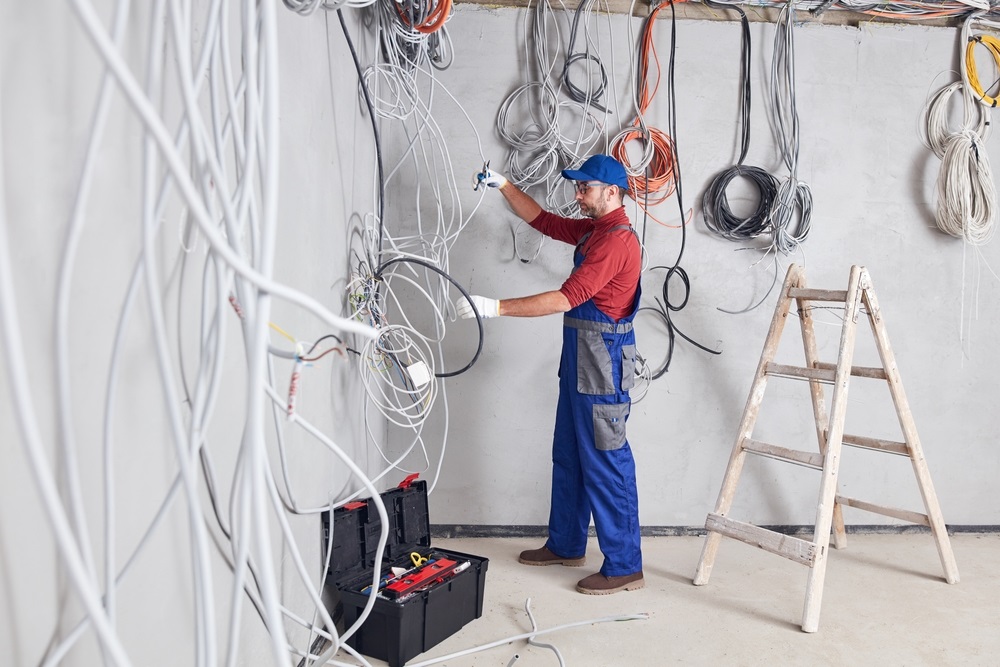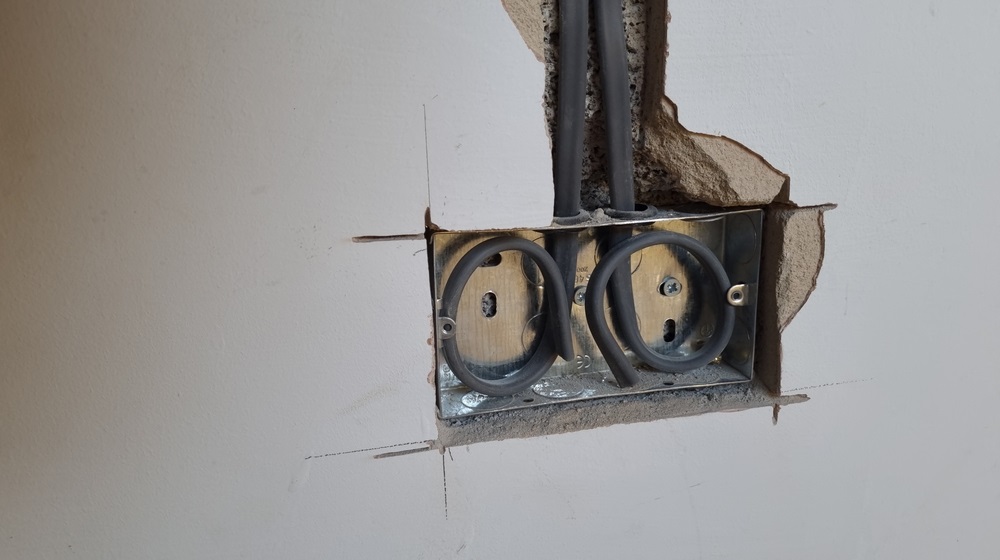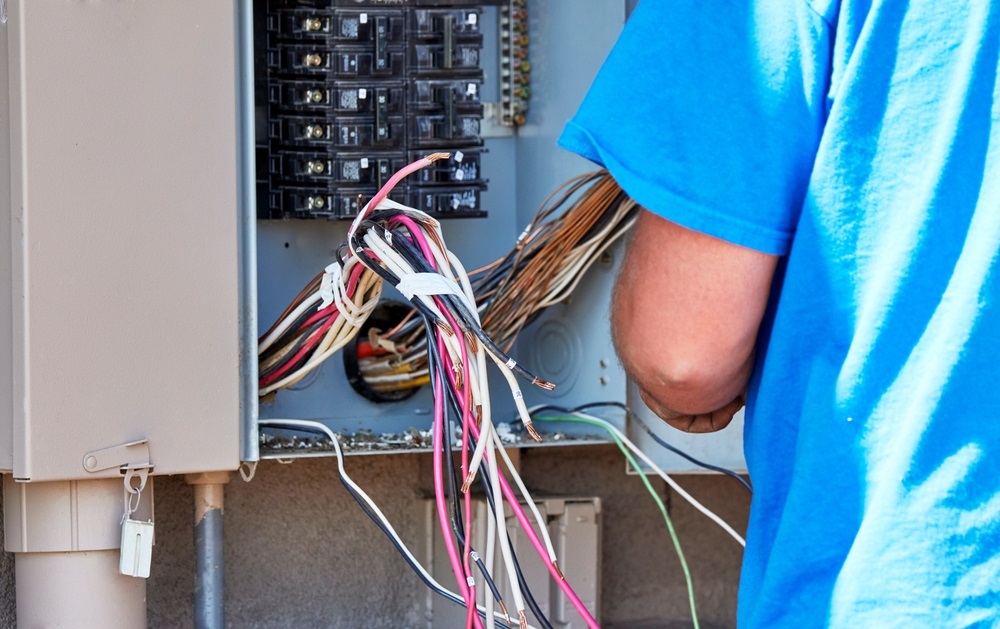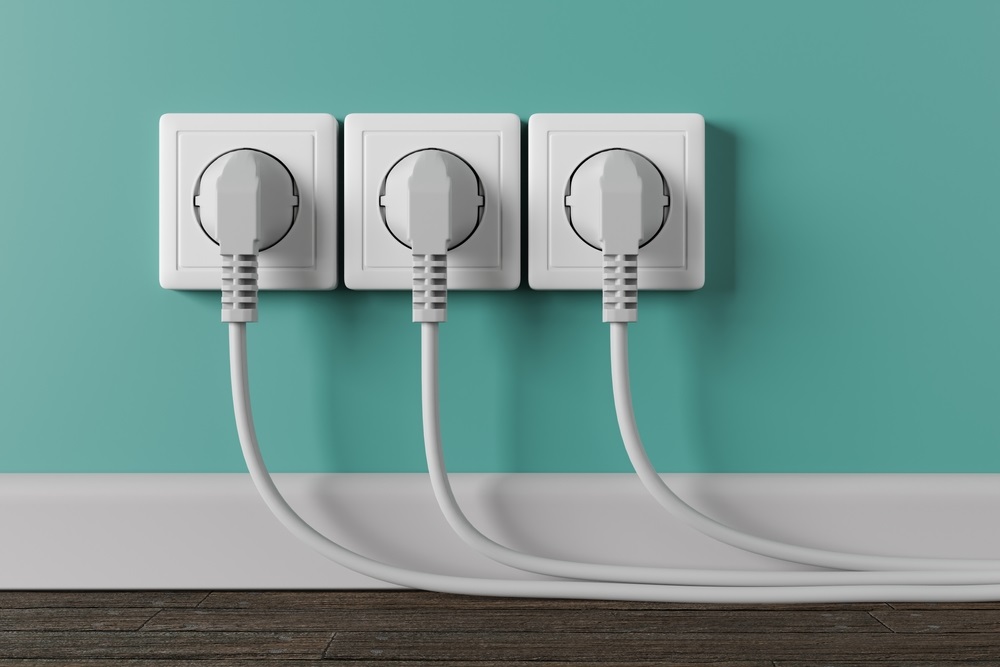A whole house rewire is one of the most important electrical upgrades you can make. Whether you’re remodeling, modernizing an older home, or ensuring safety, rewiring your house can improve efficiency, prevent electrical hazards, and future-proof your home for modern appliances and smart technology.
But let’s be honest—rewiring your entire home is a big project. It requires planning, patience, and the right team of experts to get the job done efficiently. That’s where Pelican Coast Electric comes in. As professional electricians specializing in whole house rewiring, we help homeowners navigate the process smoothly while minimizing disruptions.
If you’re considering a home rewiring project, this guide will show you how to prepare, what to expect, and how to make the process as stress-free as possible.
Why a Whole House Rewire is Necessary
Before jumping into the preparation process, it’s crucial to understand why a whole house rewire is a smart investment. Many homeowners overlook their electrical systems—until problems arise.
Signs That Your Home Needs Rewiring
How do you know it’s time for a complete home rewiring? Here are a few red flags:
- Frequent Circuit Breaker Trips – If your breakers constantly trip, your system may be overloaded.
- Flickering or Dimming Lights – This often indicates old or faulty wiring.
- Burning Smell or Scorch Marks Around Outlets – A clear sign of electrical issues that could lead to fires.
- Two-Prong Outlets Instead of Three-Prong – Older homes may lack proper grounding, which is unsafe.
- Buzzing or Crackling Sounds from Outlets or Panels – Electrical wiring should never make noise.
- Outdated Wiring Materials (Knob-and-Tube, Aluminum Wiring) – If your home was built before the 1980s, you might have dangerous, outdated wiring.
If you notice any of these warning signs, you need a whole house rewire before a small issue turns into a major safety hazard.

Step 1: Planning for Your Whole House Rewire
A well-planned project leads to fewer delays and cost surprises. Before rewiring begins, follow these steps:
1. Set Clear Electrical Goals
Every household has different electrical needs. Think about:
✔ How many electrical outlets do you need in each room?
✔ Do you plan to install smart home devices?
✔ Will you be adding heavy-duty appliances like an EV charger or home theater?
✔ Would you like USB outlets or dimmable lighting?
Identifying these needs before rewiring begins ensures your home is wired for modern and future demands.
Read more: Do I Need a Permit to Install an EV Charger?
2. Get a Professional Electrical Inspection
Before any rewiring project, a licensed electrician should inspect your home’s existing electrical system. This electrical inspection will determine:
- The condition of your current wiring
- Whether your electrical panel needs an upgrade
- The best rewiring strategy to minimize disruption
At Pelican Coast Electric, we offer comprehensive electrical assessments to help homeowners understand their wiring needs and plan their projects accordingly.
3. Budget for the Project
Rewiring a house is an investment, and understanding the cost factors upfront helps you prepare financially.
Factors That Affect Whole House Rewiring Costs:
- Size of Your Home – A larger home requires more materials and labor.
- Electrical Panel Upgrades – If your breaker panel is outdated, it may need an upgrade.
- Wiring Material – Copper wiring is more expensive than aluminum, but it’s more durable.
- Permit & Inspection Fees – Local regulations require permits and inspections for electrical work.
Step 2: Preparing Your Home for a Whole House Rewire
Rewiring a home is a major renovation project, so preparing your space can reduce stress and speed up the process.
1. Declutter & Move Furniture
Since electricians will need access to walls, ceilings, and floors, it’s essential to:
✔ Move furniture, rugs, and wall decorations away from work areas.
✔ Remove fragile items and valuables from rooms where rewiring will take place.
✔ Cover furniture with plastic sheets to protect it from dust.
2. Plan for Temporary Power Disruptions
During the rewiring process, certain rooms or even your entire home may be without power for hours or days. To prepare:
- Charge phones, laptops, and essential devices before work begins.
- Have flashlights or portable LED lights for evening use.
- If you rely on electric heating/cooling, plan for temperature control solutions.
3. Arrange Alternative Living Plans (If Necessary)
In some cases, staying in your home during a whole house rewire can be difficult. If extensive work is required, consider:
- Staying with family or friends for a few days.
- Booking a short-term rental or hotel if your power will be out for an extended period.
Our electricians work efficiently and safely to complete rewiring as quickly as possible, reducing inconvenience for homeowners.
Read more: Whole House Surge Protection: A Key to a Secure and Safe Home

Step 3: What to Expect During the Rewiring Process
A whole house rewire can take anywhere from a few days to two weeks, depending on the complexity of your home’s electrical system.
Our Rewiring Process at Pelican Coast Electric
1. Electrical System Evaluation
We begin by inspecting your current wiring, outlets, and breaker panel.
2. Permit Approvals & Safety Planning
We handle all necessary permits and ensure our work complies with local electrical codes.
3. Wiring Installation & Panel Upgrades
New wiring is carefully installed, and if needed, we upgrade your breaker panel to support modern appliances.
4. Final Testing & Walkthrough
Before completion, we test all electrical components to ensure safety and functionality.
We keep homeowners informed every step of the way, ensuring minimal stress throughout the project.

Step 4: Post-Rewiring Safety & Maintenance
After your home is successfully rewired, it’s important to keep your new system in top condition.
✔ Schedule regular inspections to catch any issues early.
✔ Avoid overloading circuits with power-hungry devices.
✔ Consider adding whole-home surge protection for extra safety.

Top Rewiring House Supplies and Tools
Preparing for a whole house rewire requires the right supplies and tools to ensure a smooth, efficient, and safe electrical upgrade. Professional electricians rely on high-quality materials to deliver long-lasting, code-compliant wiring solutions. Below, we’ll cover the essential rewiring supplies and tools used in the process.
Essential Electrical Supplies for Rewiring a House
Before starting a home rewiring project, electricians gather key electrical materials to replace outdated wiring and install new circuits.
1. Electrical Wires & Cables
New wiring is the backbone of a safe and efficient electrical system. The most common types used in home rewiring include:
- Romex (NM-B) Cable – A non-metallic sheathed cable used for most household circuits.
- THHN/THWN Wire – A single-conductor wire used in conduit for specialized applications.
- MC (Metal-Clad) Cable – Used for added protection in high-risk areas.
2. Electrical Panel & Circuit Breakers
A new electrical panel is often necessary during a whole house rewire to support modern power demands. This includes:
- Main Breaker Panel – Controls the entire home’s power supply.
- Circuit Breakers – Prevent overloads and protect appliances.
- Subpanels – Useful for large homes or additions.
3. Outlets, Switches & Wall Plates
Modern electrical upgrades require updated outlets and switches for safety and convenience:
- GFCI Outlets – Required in kitchens, bathrooms, and outdoor areas.
- AFCI Outlets – Protect against electrical fires in living spaces.
- USB Outlets – Provide built-in charging for devices.
- Smart Switches & Dimmers – Offer energy-efficient lighting control.
4. Junction Boxes & Conduit
Proper wiring installation involves junction boxes and conduit to protect electrical connections.
- Plastic & Metal Junction Boxes – House wiring connections and prevent short circuits.
- Electrical Conduit (PVC, EMT, or Flexible) – Protects and organizes wires in walls and ceilings.
5. Wire Connectors & Fasteners
Secure electrical connections with:
- Wire Nuts & Push-in Connectors – Ensure proper wire splicing.
- Cable Staples & Straps – Secure wiring to studs and joists.
Frequently Asked Questions
HOW LONG DOES A WHOLE HOUSE REWIRE TAKE?
Typically 3-10 days, depending on the home’s size and wiring complexity.
WILL REWIRING DAMAGE MY WALLS?
Some wall access is needed, but our team minimizes damage and repairs drywall as needed.
DO I NEED TO UPGRADE MY ELECTRICAL PANEL?
If your current panel is outdated, an upgrade ensures better performance and safety.
Get a Free Whole House Rewire Quote Today!
At Pelican Coast Electric, we make whole house rewiring easy, safe, and stress-free. Whether you’re upgrading for safety, efficiency, or resale value, our expert team is here to help.
Call us today at (949) 989 4404
Request a Free Quote
Let’s power your home safely for the future!


